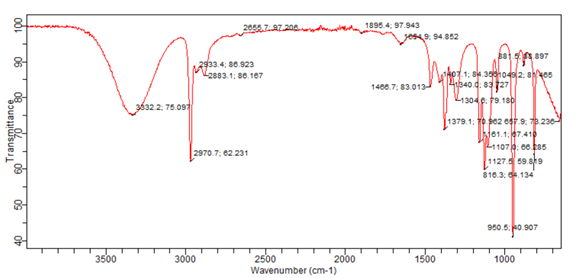Characterizations of Galena as Potential Photosensitizer in a Natural Dye-Sensitized Solar Cell
Keywords:
Galena, Mineral, Dyes, PhotosensitizersAbstract
Dye is one of the principal parts for high power conversion efficiency in a Dye-Sensitized Solar Cell. Conspicuous developments have taken place via the work of several researchers in the engineering of novel dye structures so as to enhance the performance of the system. The properties of a natural mineral dye were studied in this work. The structure of the dye was determined and discovered to have contains constituents that could enhance better absorption of solar radiation for use in a Dye-Sensitized Solar Cell (DSSC). The Lead sulphide and iron content of the mineral dye studied as revealed by the X-Ray diffraction analysis done suggest this. The X-Ray Fluorescence (XRF) done revealed that the concentration of Lead and Iron (Fe) is high as compared to other elements present in the material, probably as a result of the fact that it is a geological sample (of the earth) and which may even suggest its colour and hence makes it absorbs solar radiation of visible region at its wavelength (around 380 nm – 800 nm). The functional groups present in the dye as obtained from the Fourier transform infrared spectroscopy are the Amine, Carbonyl, and hydroxyl groups, all of which confirm the suitability of the dye material in photosensitizing a semiconductor in a DSSC. The absorption spectra of the dye within the visible region of electromagnetic radiation show that the material has high, increased, and stable absorption of visible light which is suggesting a more durable natural dye for a DSSC than the easily degraded natural dyes of plants source.

Published
How to Cite
Issue
Section
Copyright (c) 2021 Journal of the Nigerian Society of Physical Sciences

This work is licensed under a Creative Commons Attribution 4.0 International License.





